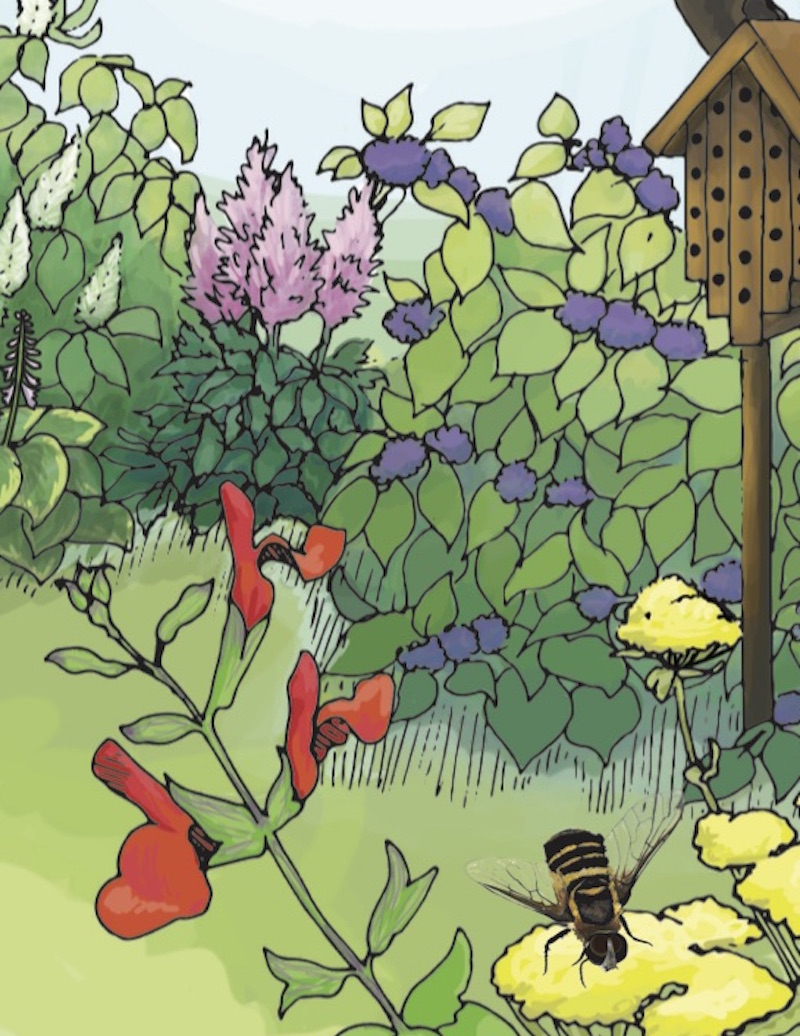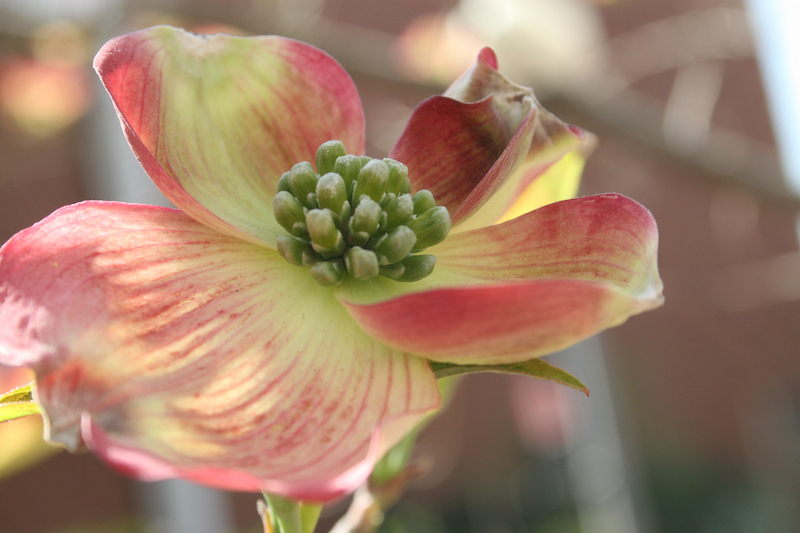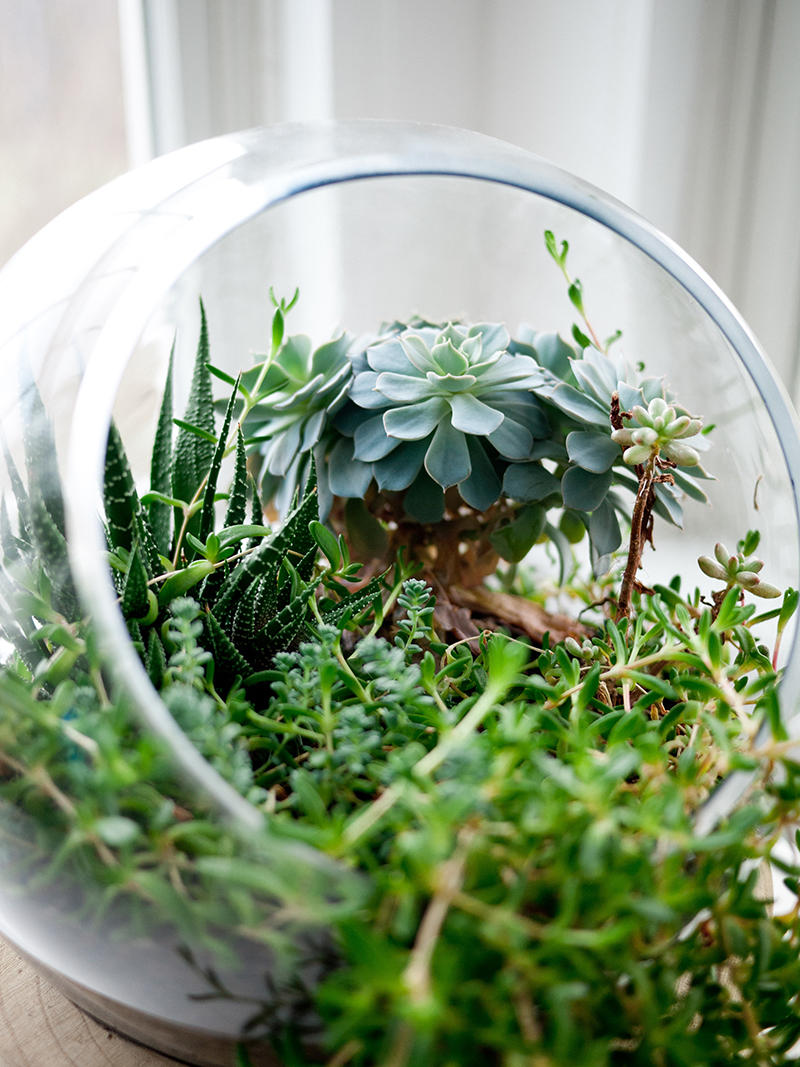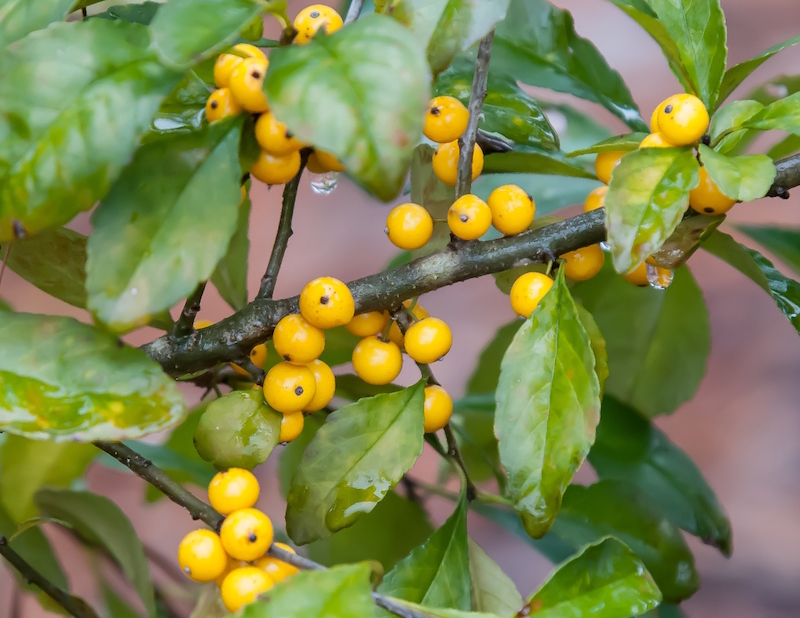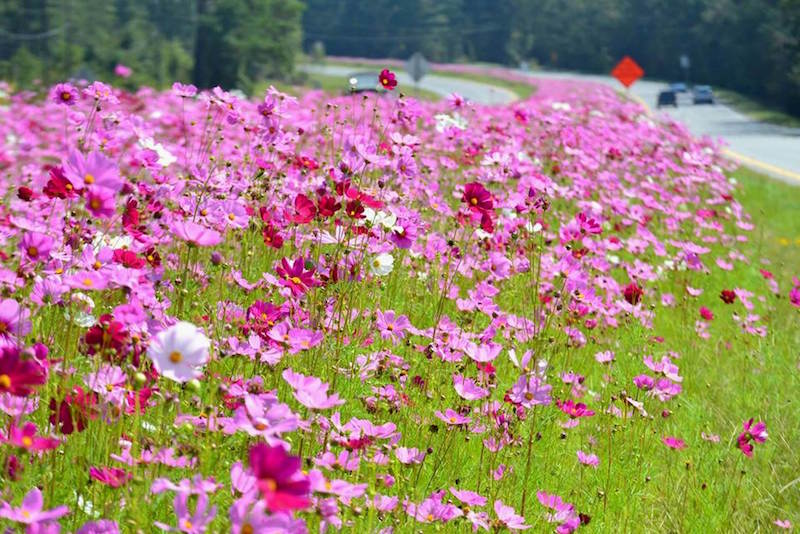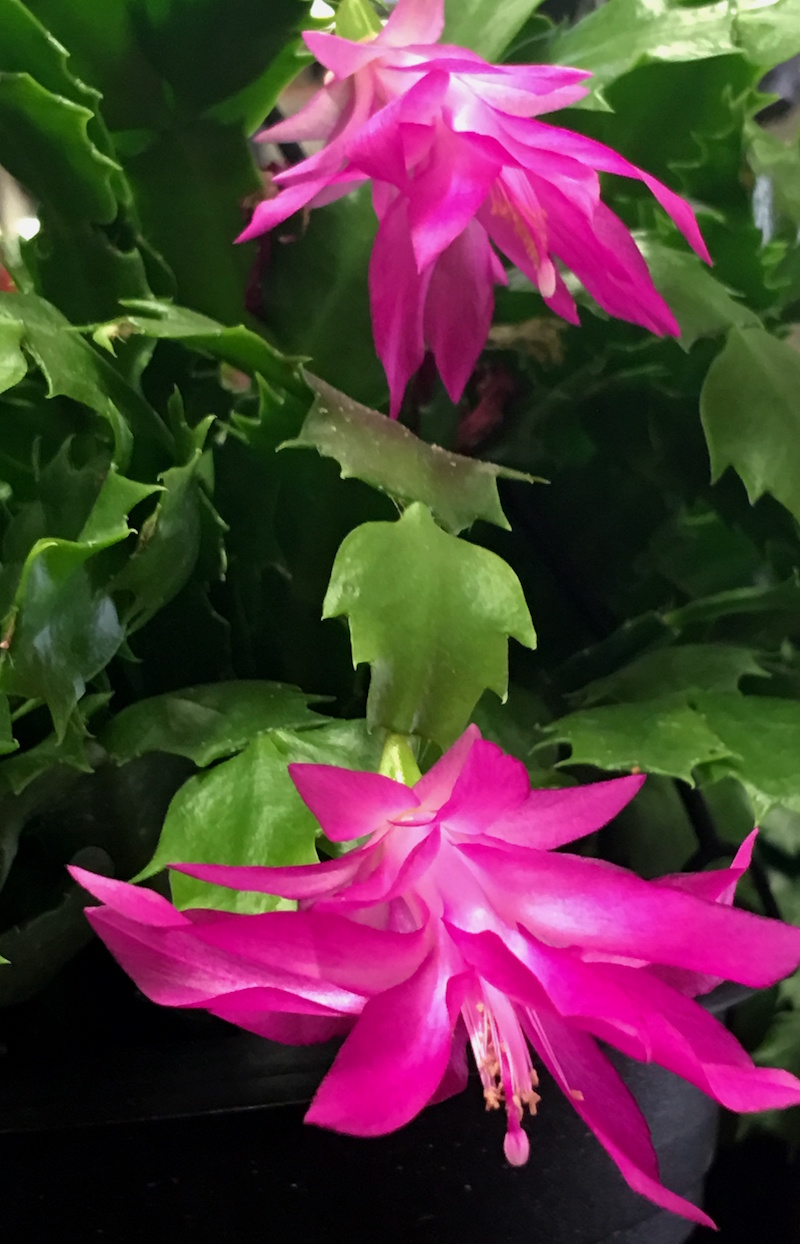 CAES News
CAES News
Christmas Cactus
Most gardeners know that getting poinsettias to rebloom is a task that is beyond formidable. However, the Christmas cactus, which is rare in beauty, is actually easy to grow and rebloom, maybe even for the rest of your life.


-78201.jpg)
